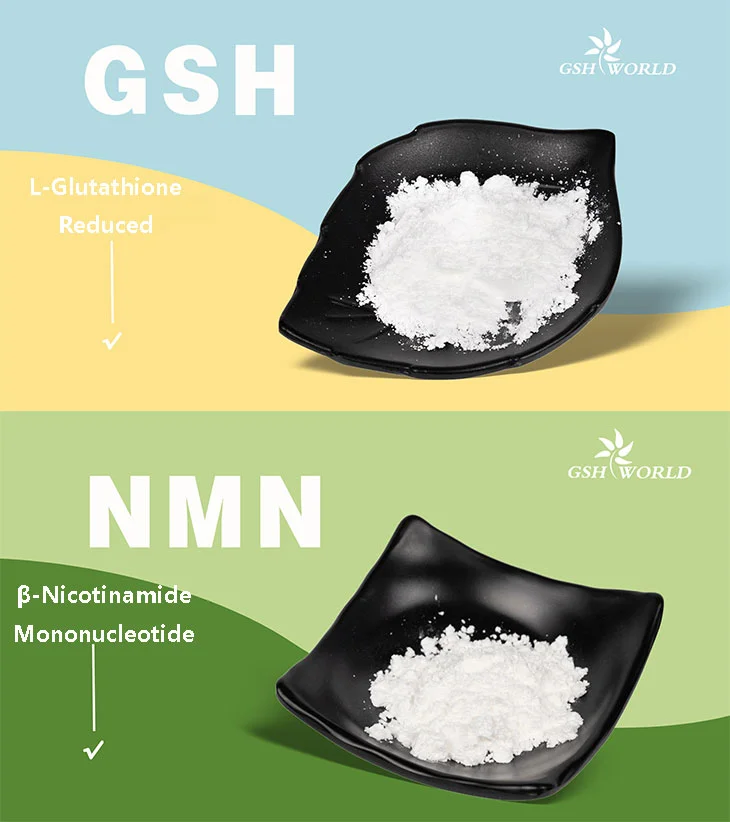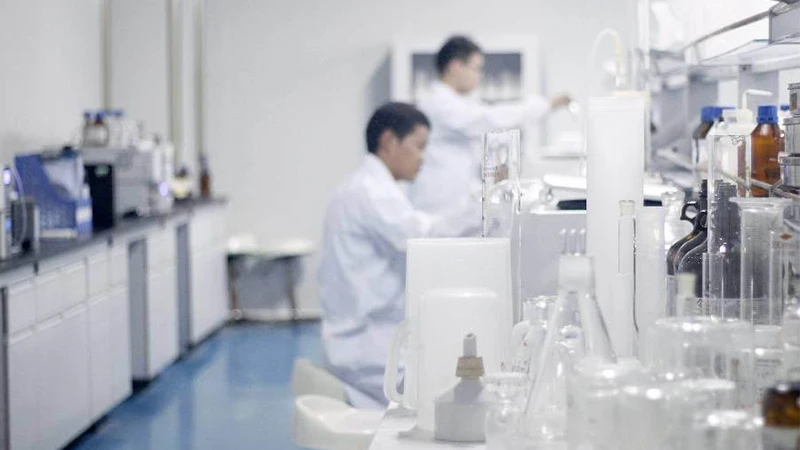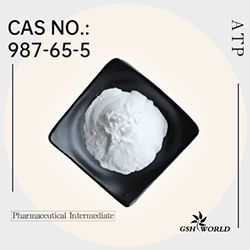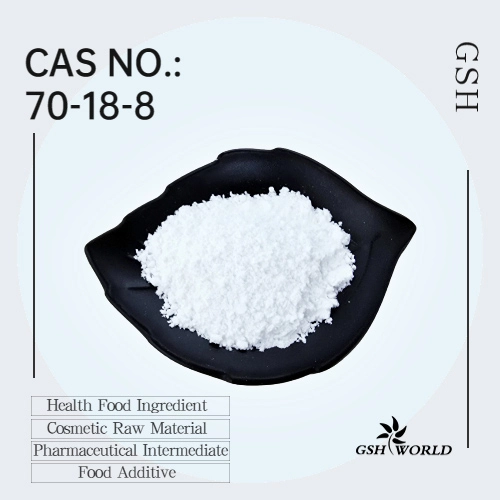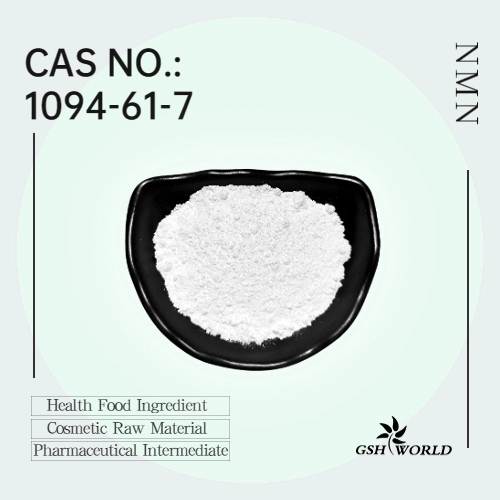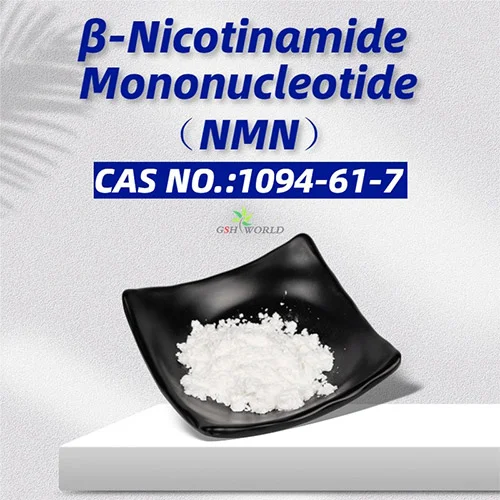The role of adenosine and its differences from adenosine triphosphate
Adenosine is a nucleoside that plays an important role in various physiological processes, including neurotransmission, cardiovascular regulation, and immune response. It is formed from the breakdown of ATP (adenosine triphosphate), the primary energy source in cells. Adenosine differs from ATP in its structure and function, and understanding these differences is crucial for understanding its physiological effects.
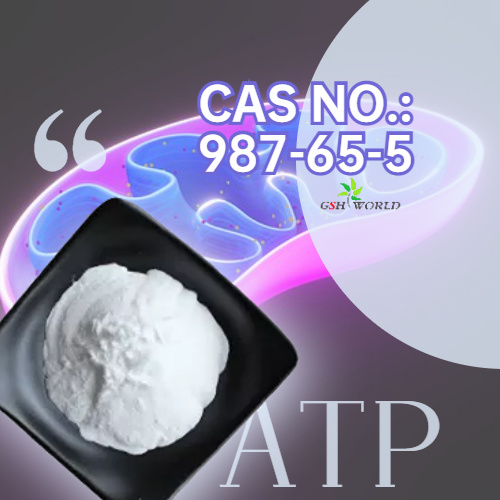
Adenosine acts as a signaling molecule by binding to specific receptors on the surface of cells. These receptors are divided into four subtypes: A1, A2A, A2B, and A3. Each subtype has a different cellular distribution and signaling pathway, leading to distinct physiological effects. For example, activation of A1 receptors inhibits neurotransmitter release, leading to sedation and analgesia. A2A receptors promote vasodilation and increase blood flow, which can improve tissue oxygenation. A2B receptors stimulate cytokine release and immune cell activation, which can contribute to inflammation.
Compared to ATP, adenosine has a simpler structure, consisting of a purine base (adenine) and a ribose sugar. ATP, on the other hand, has three phosphate groups attached to the ribose sugar, which are important for energy storage and transfer. ATP also serves as a cofactor in many biochemical reactions, including protein synthesis and DNA replication. Adenosine lacks these functions and instead serves as a metabolic intermediate and signaling molecule.
Another important difference between adenosine and ATP is their stability and availability. Since ATP is continuously synthesized and consumed in energy-requiring processes, its intracellular concentration is relatively high (in the millimolar range). Adenosine, on the other hand, is produced primarily by enzymatic breakdown of ATP and other purine nucleotides. Its intracellular concentration is much lower (in the micromolar range) and fluctuates depending on cellular activity and metabolic demand. External factors such as ischemia (reduced blood flow) and inflammation can also increase adenosine levels by releasing ATP from damaged cells.
The different roles played by adenosine and ATP reflect their distinct chemical properties and physiological functions. While ATP is the primary energy currency in cells, adenosine serves as a signaling molecule that modulates cellular activity and coordinates physiological responses. By binding to specific receptors and activating signaling pathways, adenosine can regulate neurotransmission, cardiovascular function, immune response, and other processes. Its effects depend on the subtype of receptor activated, the cellular context, and the concentration and duration of exposure. Therefore, understanding the role of adenosine in health and disease requires a comprehensive knowledge of its biology and pharmacology.
*Special note - This article is for informational purposes only and cannot replace a doctor's treatment diagnosis and advice. It should not be regarded as a recommendation or proof of efficacy of the medical products involved. If it involves disease diagnosis, treatment, and rehabilitation, please be sure to go to a professional medical institution to seek professional advice.
PREVIOUS: The effect and application of adenosine in skincare products
NEXT: The efficacy of NMN in anti-aging and how to choose NMN
by GSHWORLD
GSHWORLD is China Biological API Manufacturer. China Adenosine Triphosphate Supplements powder suppliers & best Adenosine Triphosphate benefits raw material Factory.


